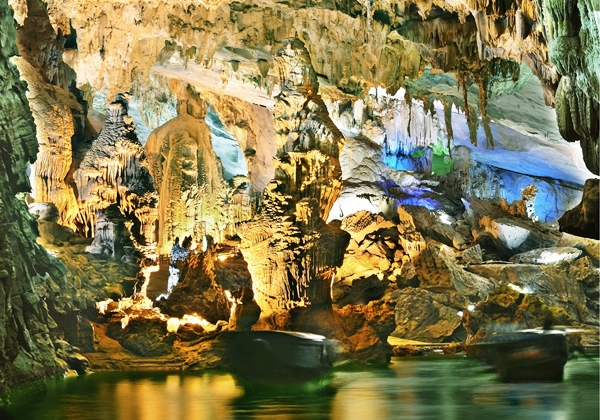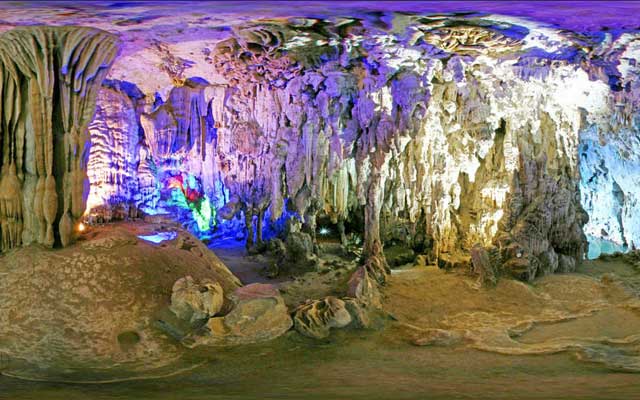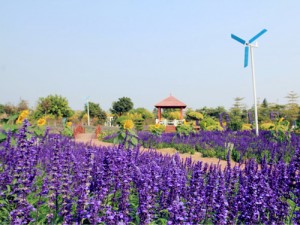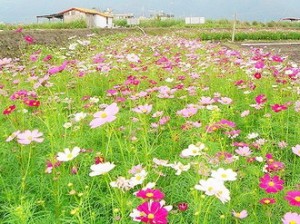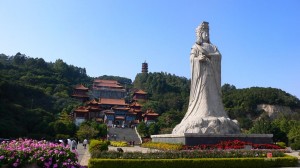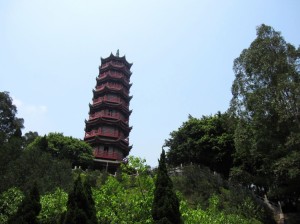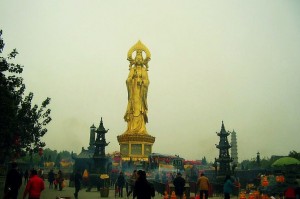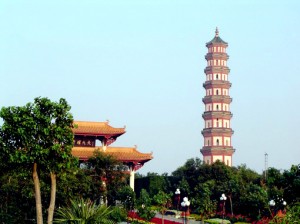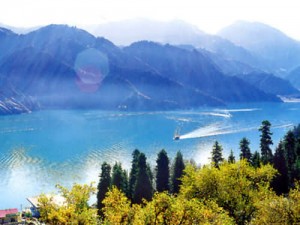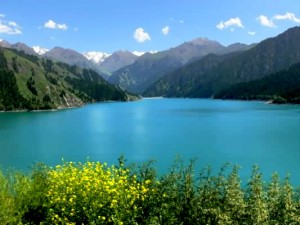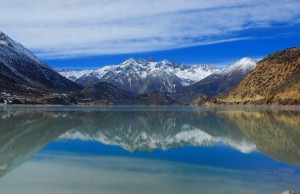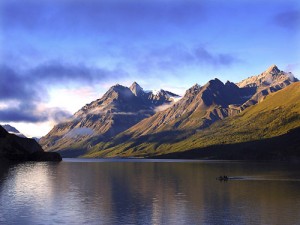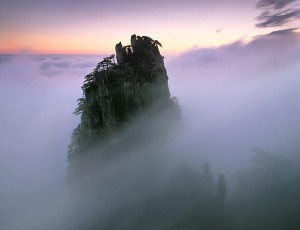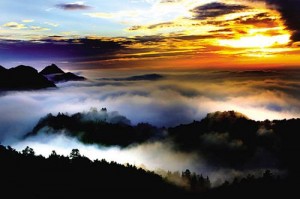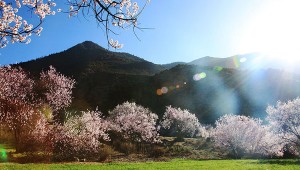Huangshan is a picturesque location in eastern China and one of the most iconic locations in the country. Even with its famous glacier carved landscape and wildly jutting granite peaks, local variety of pine tree and frequent views of the clouds from above, the most special place is the area’s stone bridge.The very high bridge’s ornately carved path leads from a cave in a sheer rock wall to another on a nearby wall, traversing the narrow gorge below. Welcome to China for Canton Trade fair. HRC is pleasure to provide booking Guangzhou hotels, China Tour Guide and Indochina tour packages for you.
Huangshan Mountain is famous for its Four Wonders: oddly-shaped pines, bizarre rocks, seas of clouds and the thermal springs. As the beauty of the mountain in winter becomes increasingly popular among tourists, the winter snow is becoming renowned as the fifth wonder of the Yellow Mountain.

There are hundreds of peaks and thousands of ravines in the Yellow Mountains, 72 of which have been named. Heavenly Capital Peak (1800m), Lotus Flower Peak and Bright Summit (1841m/6040ft) are the three major peaks, all rising more than 1,800 meters (5,900 feet) above sea level. They often have their heads above the clouds, giving them a majestic appearance. Yellow Mountain Scenic Area has two lakes, three waterfalls, 16 springs and 24 brooks all noted for their outstanding beauty.
Mount Huangshan is renowned for its magnificent natural scenery which includes massive granitic boulders and ancient pine trees which are often further enhanced by cloud and mist effects. This dramatic landscape includes formations of natural stone pillars, grotesquely-shaped rocks, waterfalls, caves, lakes and hot springs, formed by its complex geological history. The property features numerous imposing peaks, 77 of which exceed an altitude of l,000 m, with the highest, the famous Lianhua Peak (Lotus Flower Peak), reaching up to l,864 m.
The Yellow Mountains abound in flowering plants; many of them are rare ones, such as Goddess Flower the Yellow Mountains Azalea as well as camellia, plum, lily, crape myrtle, orchid, Spring Heralding Flower and so on. It has a rich store of medicinal herbs; more than 300 kinds are found here; the notable ones being glossy ganoderma ginseng, Chinese gold thread rhizome and chinese cinnamon. Maofeng tea of the Yellow Mountains is well known at home and abroad.

The vertebrate fauna comprises 300 species and includes mammals, birds, reptiles, amphibians and fishes. A total of thirteen species is under state protection. Large mammals include rhesus and stump-tailed macaques, Asiatic black bear, wild dog, civet, Chinese ferret-badger, clouded leopard, wild boar, sika deer, mainland serow, red-bellied and spotted squirrels, and pangolin. Notable among the avifauna is the Oriental white stork.
Though looking fresh and young, Yellow Mountains have a long history to which ancient books, poems and paintings as well as carved inscriptions all bear witness. Poetic phrases in handsome calligraphy can be found in many spots on the mountain. They have become part of the fascinating scene themselves.












